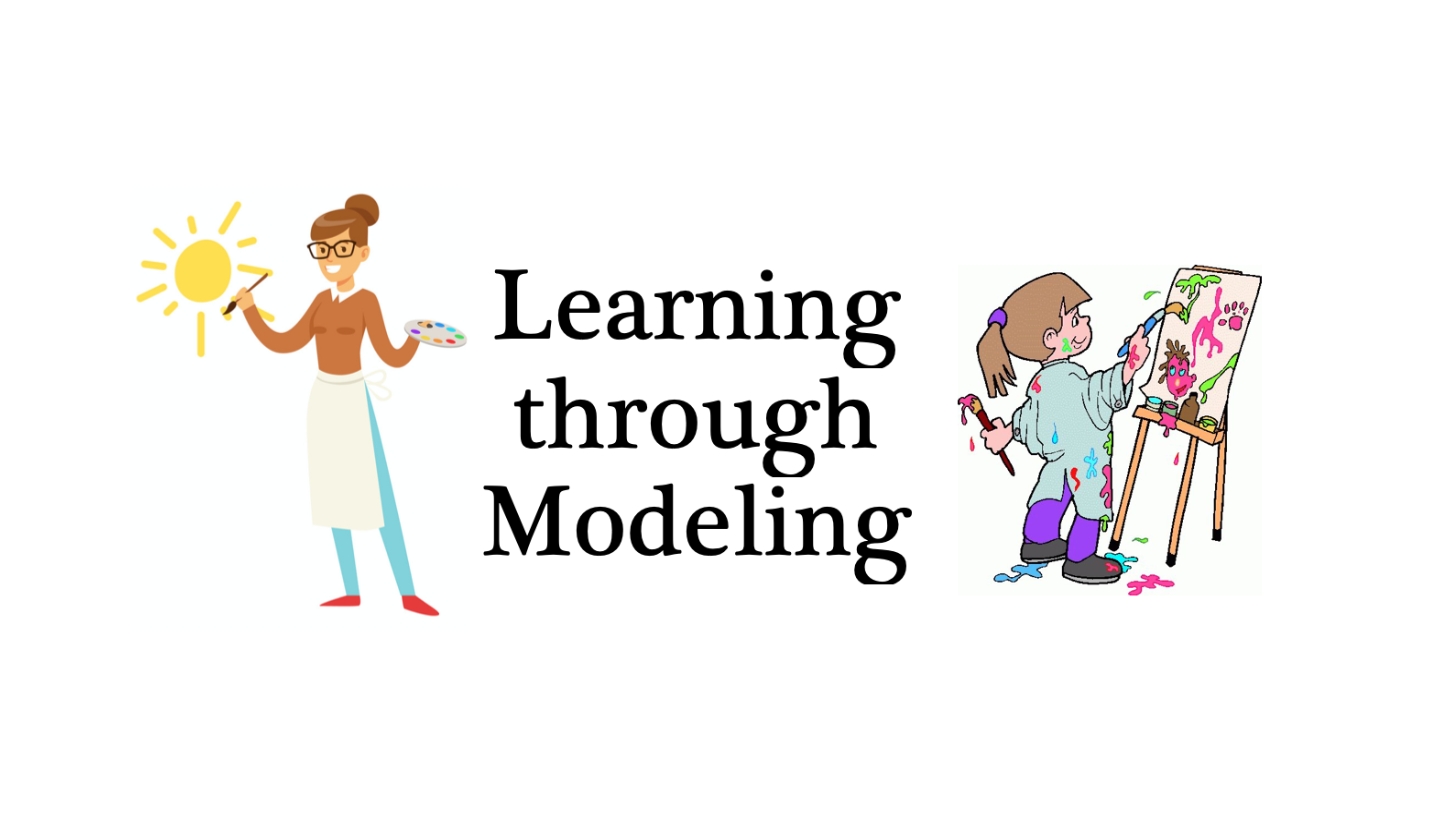As I mentioned in my previous post within this category, this past semester completed an Educational Psychology course. Within this course, I studied the ideas of different theorists and how they were practiced within an educational setting. From my studies, I then applied what I learned from class to the students I worked with in the After School Program at Keller Elementary School in Green Bay. This was possible through the partnership program between the Education Department at Saint Norbert College. Therefore, to further share my learning, I would like to discuss the ideas of theorist Albert Bandura.
As a professor at Standford University, Bandura is, “regarded as one of the greatest living psychologists”. Kendra Cherry from Verywell Mind As a cognitive psychologist, he is recognized for his Theory of Social Learning as well as his experiment with a Bobo Doll, notion of observational learning, and ideas of self-efficacy. Bandura’s social learning theory was developed from the Bobo Doll experiment, and the theory proposes people learn from observing others through various modeling forms. These models may include a live, verbal, or symbolic model. The phrase “monkey see, monkey do” can be related to a live model. This is because one individual displays how something is done and another imitates the actions done. A verbal model includes listening to what is said and then demonstrating an action, and a symbolic model is performing an action through comprehension of diagrams or “how-to” writings. However, for an individual to properly learn from modeling, four objectives need to be met. These include the individual paying attention to the model, retaining what is observed, imitating the action done, and having motivation to apply what was learned. It is in motivation where the individual’s self-efficacy is displayed – personal belief in one’s abilities. Through the live model and symbolic model ideas, observational learning can also be tagged.
~Credit for my learning given to Dr. Carolyn Schaeffer at St. Norbert College~
I think highly of Bandura’s social learning theory because I find it relatable to myself. As a student, I learn best through visuals and being present in class. Additionally, when I was in dance and soccer, I mastered a technique or skill after observing my instructor or coach demonstrate it. In both my schooling and athletics, having a live model or symbolic model is beneficial for my comprehension, and I also saw Bandura’s theory applicable within the After School Program at Keller Elementary School.
Each day within the After School Program the students partook in Club Time. This was about an hour long period where the students would disperse into various groups and engage in prepared activities. The Club Time that I helped direct was the Dance group, and for this group an outside dance instructor came in and choreographed a dance for the students. The learning that was established of choreography comprehension occurred within the students through social learning. The dance instructor was the live model, and she demonstrated dance moves for the students to perform back to her. However, in order for the students to do so, they had to meet the four objectives as discussed in Bandura’s Social Learning Theory. The students directed their attention to the dance instructor, retained the choreography that they were observing, imitated the moves, and demonstrated self-efficacy through their motivation to apply the choreography they learned in their performance. This dance experience from the After School Program at Keller is an exceptional example of observational learning, and social learning takes place throughout all classroom to some extent.
Within my prospective classroom, my students will engage in social learning. Whether it is demonstrating the workings of math problems sets or displaying proper mannerisms and behaviors, live, verbal, and symbolic models will assist my students in their academic and personal development.
Albert Bandura developed a relevant theory to not just the classroom but also within other workplace settings, and I encourage you to consider how his theory is applicable within your own life.
